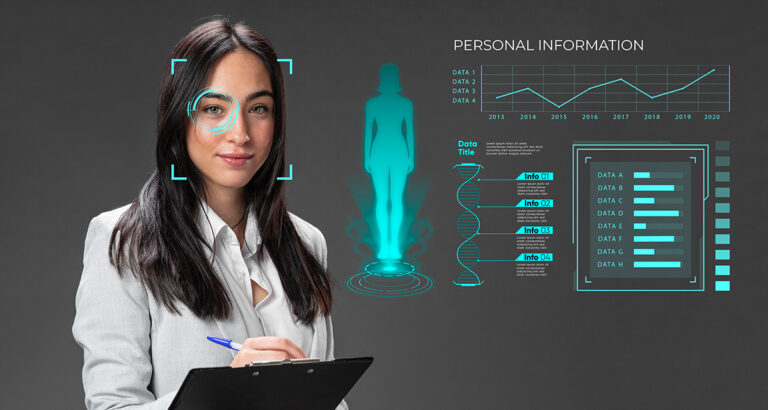The human body doesn’t just function—it performs, on a meticulously timed stage governed by circadian rhythms. Deep within our organs, from the brain to the gut, lie biological clocks dictating when hormones should peak, when digestion should occur, and when rest should truly restore. For most people, this system hums quietly in the background. But for doctors—particularly those managing night shifts, extended calls, or unpredictable hours—the biological clock is under constant siege.
While much has been said about the importance of sleep, a lesser-known but rapidly emerging science points to another crucial piece of the puzzle: when we eat. Known as chrono-nutrition, this field explores how the timing of meals—not just their content—can directly influence metabolic health, cognitive performance, and even emotional well-being. In the world of shift-working physicians, where meals are often dictated by patient load rather than physiology, this concept is proving to be more than just theory. It may be a lifeline.
Physicians working nights or erratic shifts are statistically more prone to metabolic syndrome, mood disorders, cardiovascular complications, and cognitive decline. While sleep disruption is a major contributor, research is uncovering the substantial impact of disordered eating patterns. Consuming meals at biologically unnatural hours—such as a heavy dinner at 3 a.m.—can desynchronize the body’s peripheral clocks in organs like the liver and pancreas, even when the central clock in the brain remains aligned to the light-dark cycle. Over time, this misalignment leads to increased insulin resistance, appetite dysregulation, and chronic inflammation, setting the stage for both physical and mental fatigue.
Chrono-nutrition rests on three principles: meal timing, frequency, and composition. It emphasizes aligning food intake with the body’s natural hormonal and enzymatic rhythms, which are optimized for nutrient processing earlier in the day. Studies have shown that insulin sensitivity is highest in the morning, meaning the same meal will spike blood sugar less if eaten at 8 a.m. compared to 8 p.m. Early time-restricted feeding, where the day’s food is consumed within a limited window—typically between 7 a.m. and 3 p.m.—has been shown to improve glycemic control, reduce oxidative stress, and even enhance sleep, without requiring any change in calorie intake.
Evidence is mounting. In Japan, a 2023 study of hospital nurses who practiced time-restricted feeding despite rotating night shifts demonstrated improved attention and reduced cortisol variability compared to peers who ate freely overnight. Another trial published in Cell Metabolism found that front-loading daily calories before mid-afternoon significantly improved post-meal glucose responses and insulin levels, again without altering total energy intake. Perhaps most compelling are findings from animal models, where rodents subjected to simulated night shifts developed hippocampal damage and memory loss—effects entirely mitigated when feeding was restricted to the biologically appropriate time.
For doctors entrenched in unpredictable schedules, implementing chrono-nutrition is undeniably challenging. Yet, some adaptations are within reach. Avoiding large meals during the biological night, regardless of whether one is actively working, helps preserve metabolic rhythm. Even during night shifts, light snacks such as a handful of nuts or a small portion of protein-rich food can prevent hunger without overwhelming the body’s nocturnal system. Aligning the primary meal of the day with late morning or early afternoon—even if that coincides with the end of a night shift—can significantly enhance metabolic recovery. Time-restricted eating, practiced within an 8- to 10-hour window during the active period of the circadian cycle, has shown promise in stabilizing energy levels and reducing the cognitive fog associated with disrupted rhythms.
But this discussion extends beyond personal wellness. Chrono-nutrition has implications for institutional design. Hospital cafeterias, vending machine menus, and resident education could all be redesigned to reflect circadian safety, just as operating theatres now reflect infection control protocols. In time, perhaps shift-friendly meal kits or circadian-aligned break policies will become the norm rather than the exception.
Ultimately, chrono-nutrition invites us to rethink a central premise of resilience in medicine. The old model glorifies stamina and sleep deprivation. The new model favors physiological alignment. As physicians, we track rhythms on ECGs, synchronize pacemakers, and adjust chemotherapy protocols to biological cycles. Is it not time to respect the clock within ourselves?
Chrono-nutrition doesn’t promise perfection. But it may offer a simple, science-backed strategy to help physicians thrive amidst the unavoidable chaos of clinical life. In a profession where every decision counts, the choice of when to eat may be far more powerful than we ever imagined.





